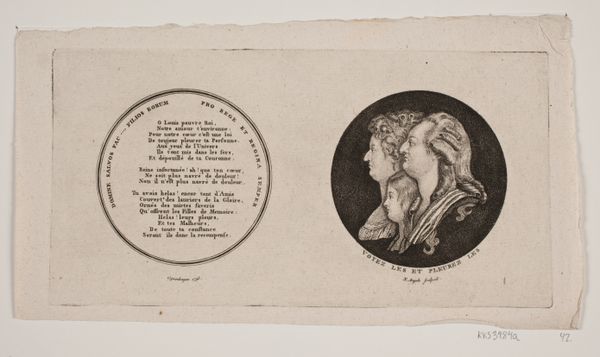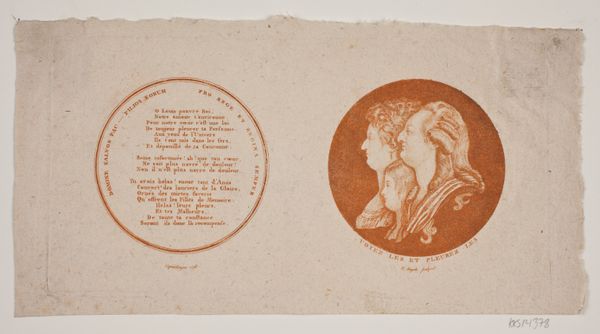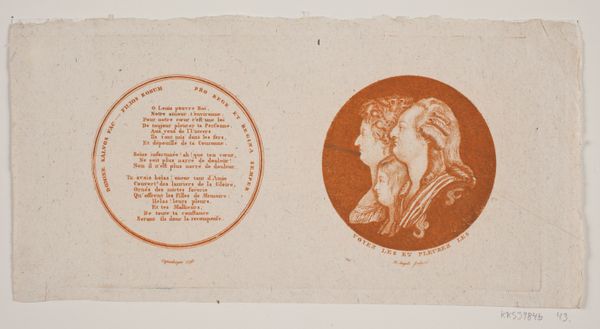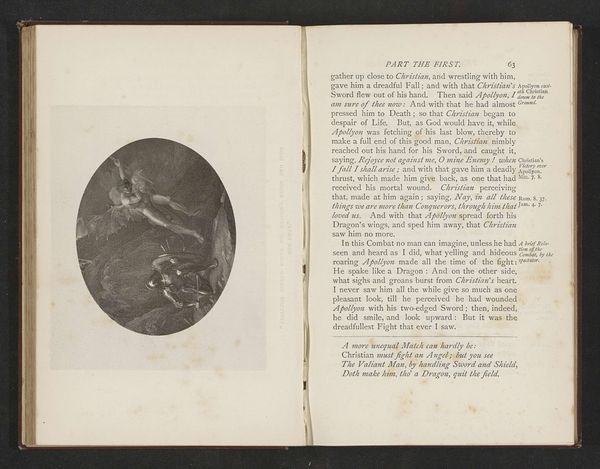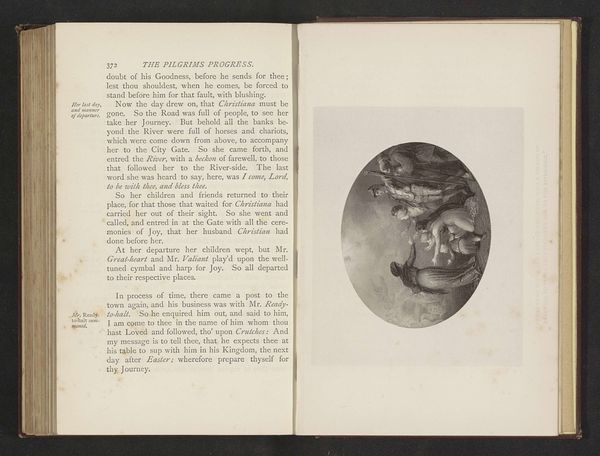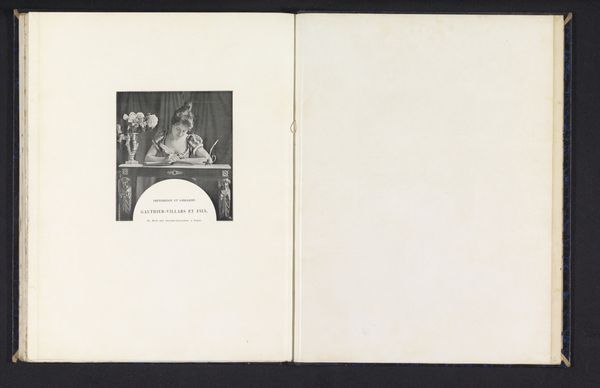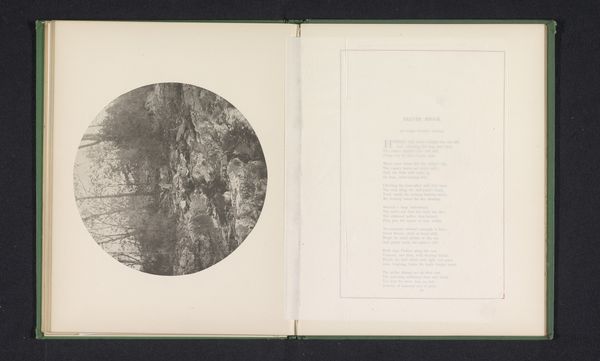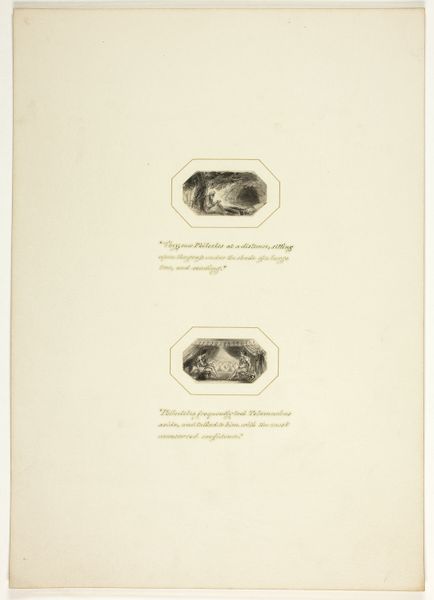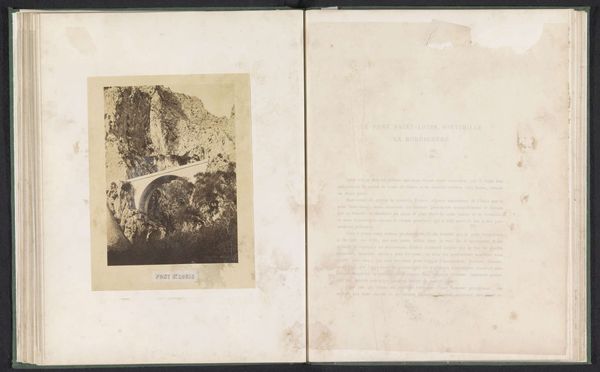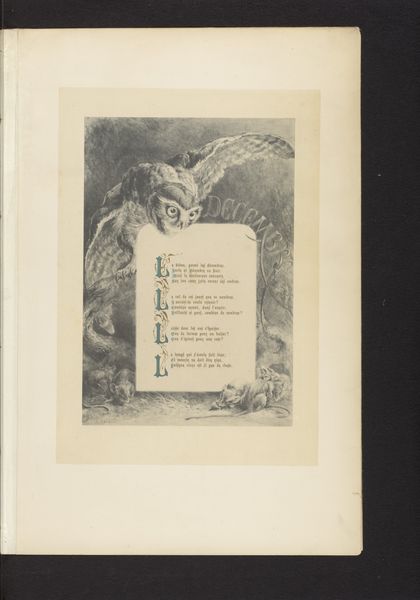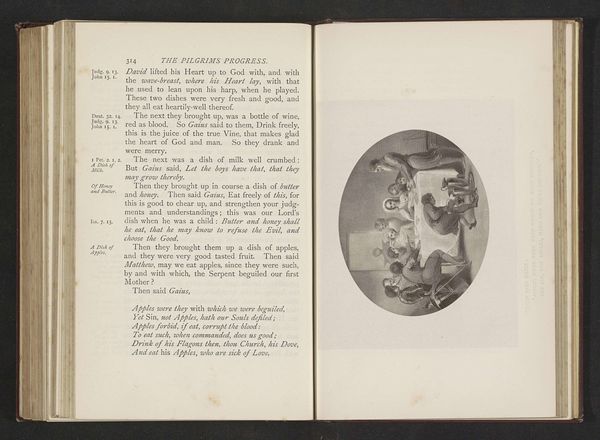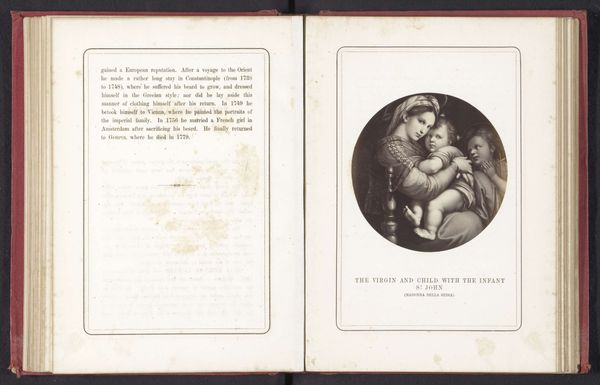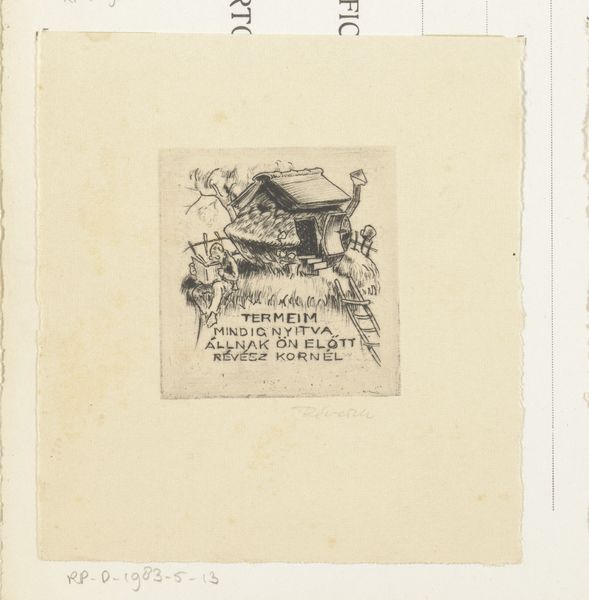
Medaillon med portrætter af Ludvig XVI, hans dronning og søn 1793
0:00
0:00
print, engraving
#
neoclacissism
# print
#
coloured pencil
#
history-painting
#
academic-art
#
engraving
#
monochrome
Dimensions: 93 mm (height) x 184 mm (width) (plademaal)
Editor: This engraving from 1793, titled "Medallion with portraits of Louis XVI, his queen and son", by G. N. Angelo... It’s quite striking how somber it feels, considering its small scale and the rather formal presentation. What is your reading of this print? Curator: Looking at the materials – the engraving itself – reveals so much. The choice of print, specifically engraving, points to mass production and dissemination. This wasn't meant for a private collection; it was designed for circulation. What social purpose do you think this kind of imagery served at the time, especially given its creation shortly after the execution of Louis XVI? Editor: Propaganda, maybe? Or perhaps a mourning object, a way to remember them. Curator: Exactly. And consider the labor involved. Engraving is painstaking, repetitive work. This image, then, is not just a portrait; it is also evidence of labour, of a specific mode of production intended to manufacture a sentiment around the fallen monarchy. The lines are so precise, demanding skilled artisanship. What effect does that stylistic decision have, considering the revolutionary context? Editor: It's interesting... that level of precision and almost mechanical reproduction feels like a way of controlling the narrative. Instead of oil painting which allows personal expression through brushstroke, the print's medium gives it distance and precision. Curator: Precisely. It standardizes the image, transforming the royal family into reproducible commodities and martyrs to be mourned or used as rallying symbols. The engraving process allows this image to infiltrate different levels of society and material life. Consider who purchased, displayed, and disseminated this image, what do those actions reveal about societal relationships in revolutionary France? Editor: I see that connecting the method of creation to its message offers new insight into the world the artist was operating in and their goal for this piece. Thank you! Curator: It’s the means of production that provides the critical historical insight. It exposes how social connections get reinforced through reproducible art.
Comments
No comments
Be the first to comment and join the conversation on the ultimate creative platform.
